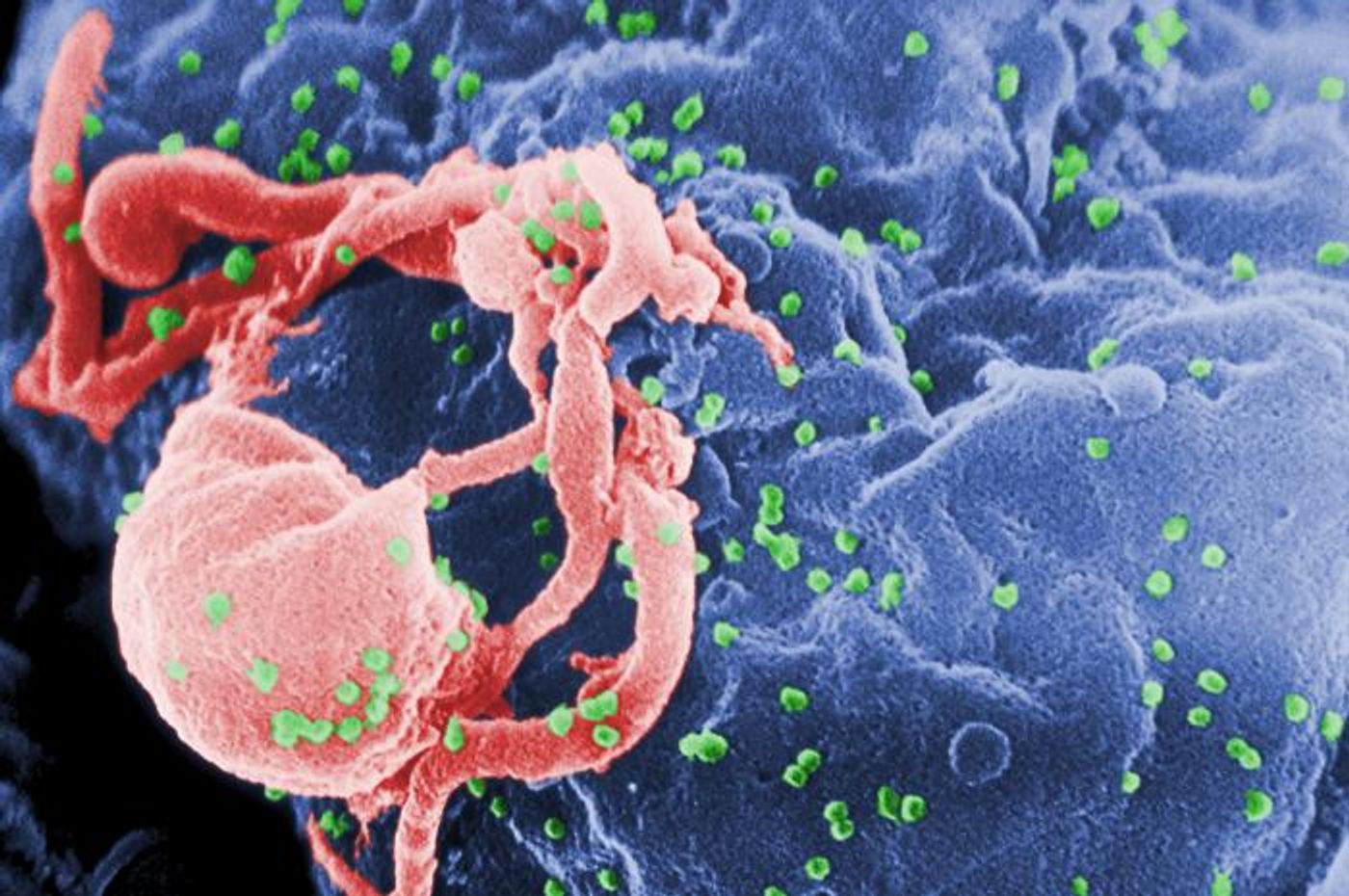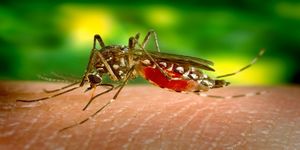Combination Therapy Eliminates HIV From Rodent Model
In 2017, 1.8 million new cases of HIV infection were diagnosed around the world, and around 37 million people now live with the virus. Researchers have made progress in the treatment and prevention of HIV infections, but it is still considered an epidemic. Now scientists have taken another step towards a potential cure for this deadly illness. A team of researchers from Temple University and the University of Nebraska Medical Center (UNMC) was able to eliminate HIV-1 viral DNA that can produce more virus, from live animal genomes. The work has been reported in Nature Communications.
"Our study shows that treatment to suppress HIV replication and gene editing therapy, when given sequentially, can eliminate HIV from cells and organs of infected animals," said Kamel Khalili, PhD, Laura H. Carnell Professor and Chair of the Department of Neuroscience and Director of the Comprehensive NeuroAIDS Center at the Lewis Katz School of Medicine at Temple University.
HIV is a retrovirus; its genome is made of RNA, and an enzyme changes that RNA to DNA and inserts it into the genome of an infected host cell. The standard treatment for HIV is antiretroviral therapy (ART).
ART cannot remove the virus from the body, but it can reduce the proliferation of the virus and dramatically reduce the likelihood that others will be infected. Since it is not a cure, it must be taken by an affected individual for life, and like any medicine, it causes side effects. If a patient stops taking it, the virus easily rebounds and may progress to AIDS. The virus can rebound in part because it's integrated itself into the host cell’s genome, where drugs can’t get to it.
The CRISPR/Cas9 tool was created a few years ago as a gene editing system, and it’s had a major impact in many areas. Khalili and colleagues have previously used CRISPR/Cas9 to excise HIV DNA from genomes. They were able to do so in infected cells in rodent models, which had a significant impact on viral gene expression. But it does not remove HIV completely.
In this work, the CRISPR strategy was combined with a therapeutic technique called long-acting slow-effective release (LASER) ART, which was recently created by UNMC’s Howard Gendelman, MD, Chair of the Department of Pharmacology and Experimental Neuroscience and Benson Edagwa, Ph.D., Assistant Professor of Pharmacology. Hear more about the new tool in the video.
LASER ART packaged a modified antiretroviral drug into a nanocrystal so it would reach the areas of the body where it was needed, and stay active for a long time. It can help target the reservoirs that enable the virus to hang around in the body and displays few side effects.
"We wanted to see whether LASER ART could suppress HIV replication long enough for CRISPR/Cas9 to completely rid cells of viral DNA," said Khalili. The researchers tested their new combination therapy in a mouse model that recapitulated a latent viral infection. After treatment with LASER ART followed by CRISPR/Cas9, the virus had been totally eliminated from about one-third of the group.
"The big message of this work is that it takes both CRISPR/Cas9 and virus suppression through a method such as LASER ART, administered together, to produce a cure for HIV infection," explained Khalili. "We now have a clear path to move ahead to trials in non-human primates and possibly clinical trials in human patients within the year."
Sources: Science Daily via Temple University, Nature Communications
Useful Resource: LendEDU









